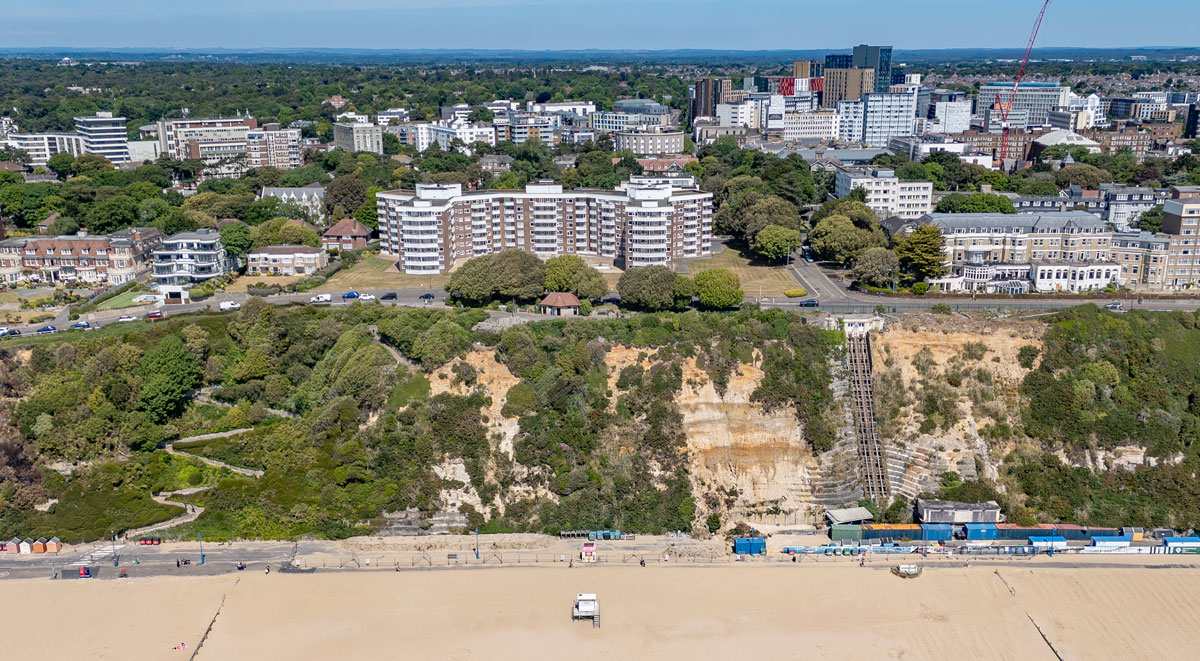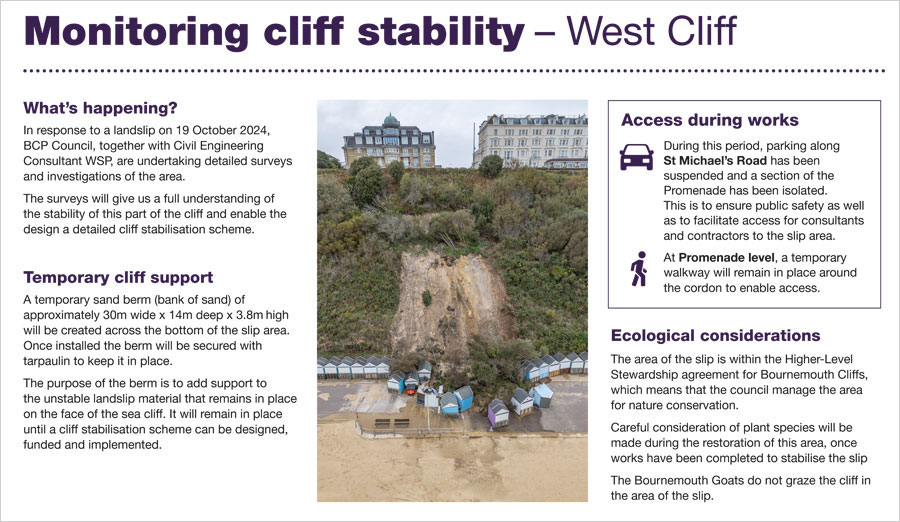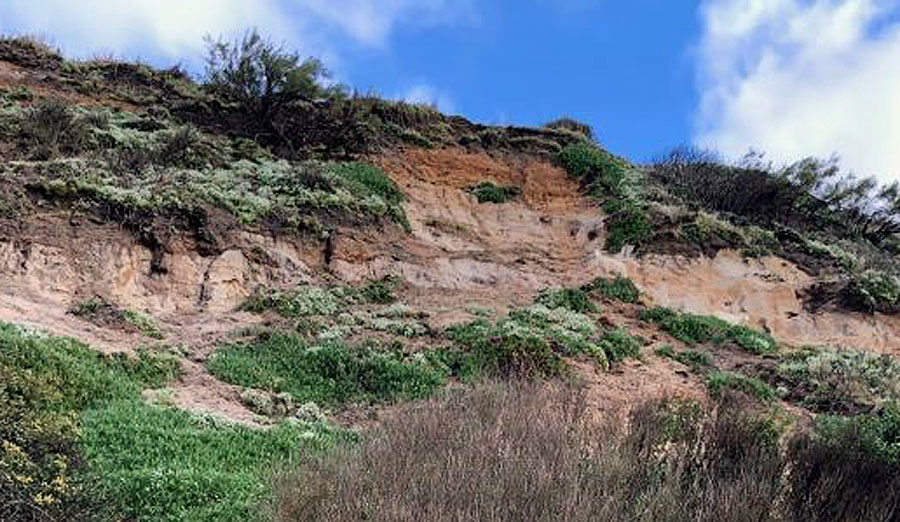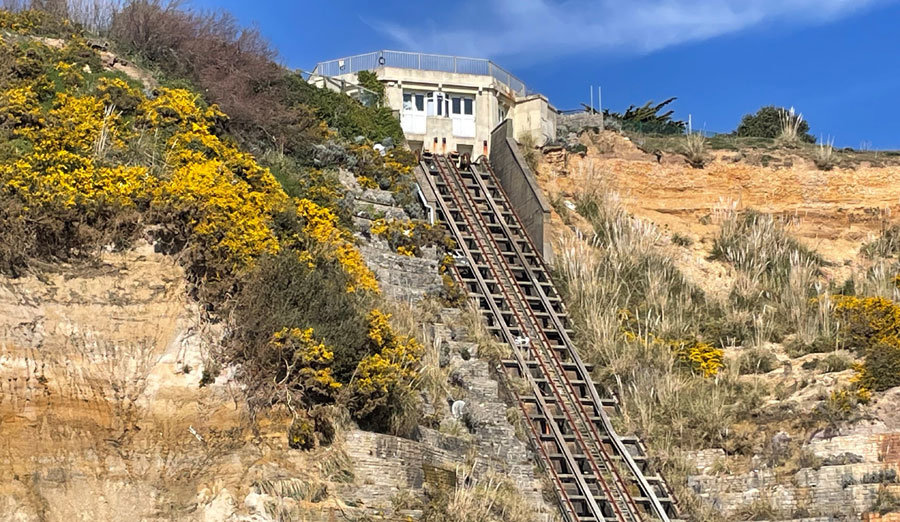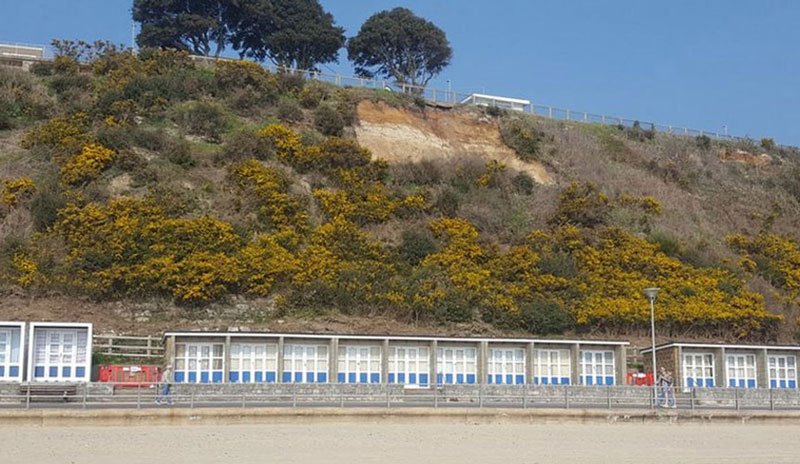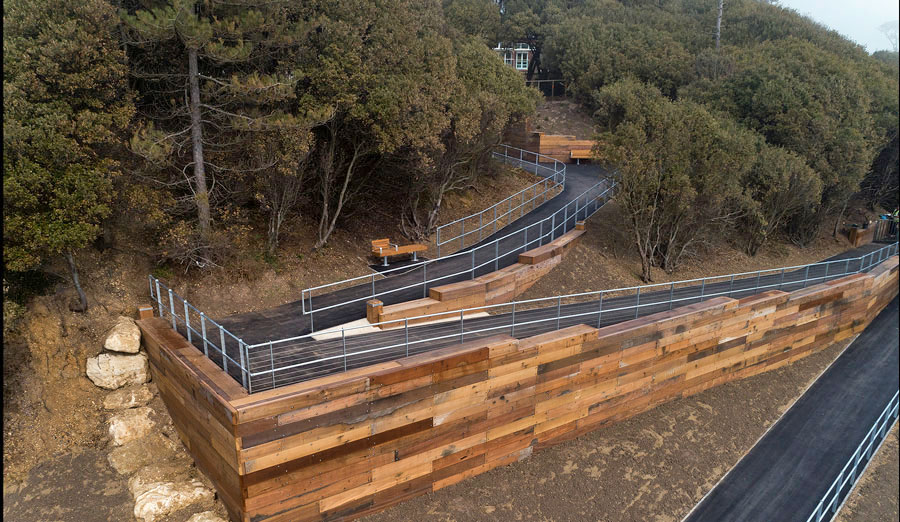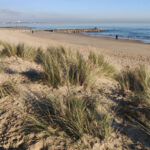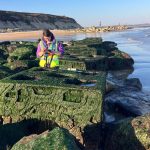Current Project
Cliff Management
Developing a new approach to Sea Cliff Management across the BCP coastline.
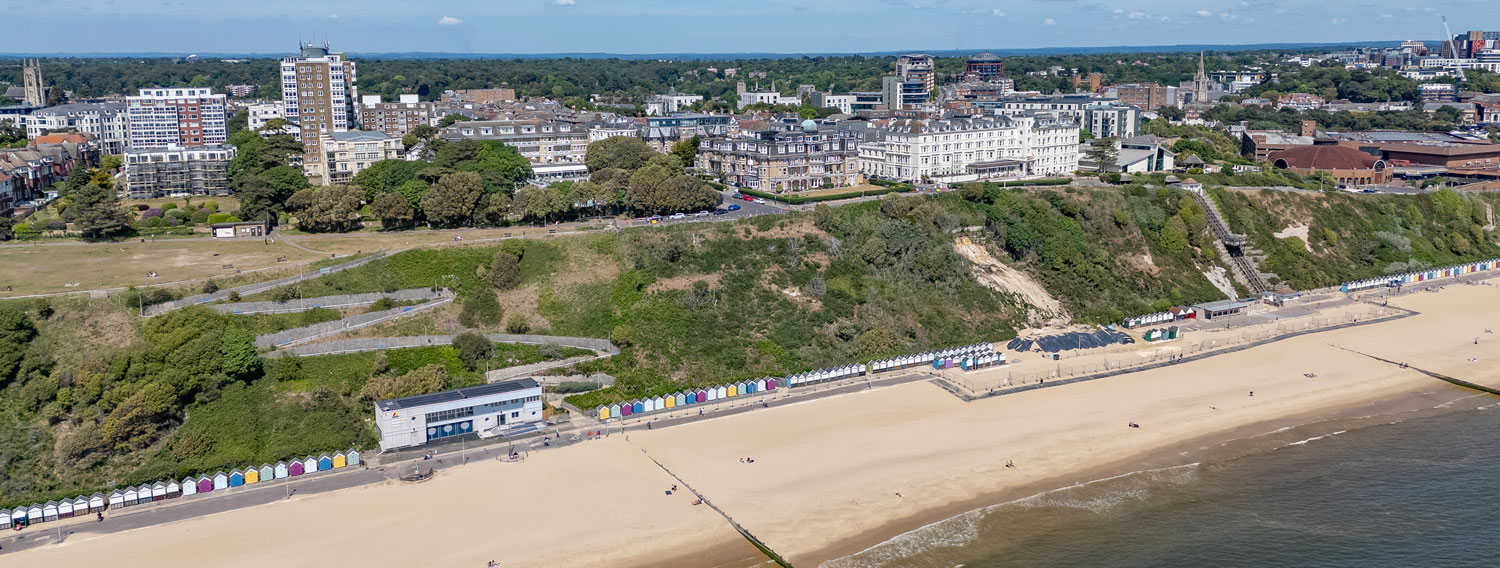
West Cliff, Bournemouth
Lead Authority
BCP Council
Working with
Project start date
May 2025
Anticipated Completion
Spring 2027
Last Updated
July 2025
Overview
South West Flood and Coastal is in the process of developing a new approach to Sea Cliff Management for BCP Council. Its aim is to provide a single, consistent and integrated approach to managing each section of the 20+ kilometers of sea cliffs across the BCP coastline. We anticipate this work will be completed during Spring 2027.
Part of this work involves aligning the management of sea cliffs with the management of coastal defences along our shoreline. You can read more about how we do this in our Shoreline Management Plan (SMP).
Developing a cliff stability guide
To help improve understanding about Sea Cliff Management we are producing a guide to raise awareness about cliff erosion and provide practical advice and other essential information for landowners, homeowners, businesses and residents who have privately owned cliffs. During June 25, we engaged with local people to listen to people’s comments and questions about cliff stability and erosion. We will use these to help write a guide to best suit everyone’s needs. You can find further information about the project at BCP Cliff Management Guide | Dorset Coast Have Your Say
Why we experience cliff slips
Historically the BCP coastline has been subject to multiple cliff slips over time. Our records show significant slips during the 19th and 20th centuries, with one of the most notable being the loss of a section of East Overcliff Drive in 1961. Cliff slips have continued to this day with the most recent in the Winter of 2024 at West Cliff.
Before the seafront promenades were built, undercutting of the cliffs by the sea was one of the primary reasons for cliff instability. The building programme from the 1880’s to the 1950’s provided sea walls, the promenade and groynes. These removed cliff-toe erosion but instability issues continued with over-steepened and poorly drained cliffs. In the 1990’s a programme of cliff regrading and drainage installations took place to further reduce cliff slips.
Although slips continue to this day, they are at a much lower frequency than observed over the last century. The reasons for these failures are varied but primarily boil down to the amount of groundwater, and its movement and interaction with the layers of soil and rock in the cliffs. Other related factors include aging drainage systems (where applicable) and our changing climate resulting in more frequent winter storms and rainfall events.
How we assess cliff stability
The cliffs across the whole of the BCP area are systematically and repeatedly inspected to assess whether cliff stability issues are present and whether existing cliff stability measures are functioning as they should. Daily inspections across the seafront take place and any sign of cliff instability is reported. Regular inspections of cliff drainage systems also take place to identify maintenance and/or monitoring requirements.
Reporting concerns about cliff stability
If you have any concerns about the stability of sea cliffs, you can email us at coastal@bcpcouncil.gov.uk. Our team will assess, respond and provide Geotechnical advice to BCP Council where appropriate. Our work can range from communicating with the public and cliff monitoring to working with geotechnical consultants to undertake stability assessments and designing new cliff stabilisation schemes (where funding allows). On occasion it may also be necessary to suspend the use of beach huts for safety reasons. The safety of residents and visitors is our utmost priority.
Cliff vegetation and invasive species
Cliff vegetation is managed under the Natural England approved Higher Level Stewardship scheme. Invasive species are being systematically removed with the reintroduction of native species to enhance ground cover and cliff stability.  Some plants such as Sour Fig (a succulent) can cause instability issues, as seen at Portman Ravine in 2024. Their weight and shallow root system means they can detach and slide down the cliff in extensive matts exposing the cliff face which increases future erosion.
Some plants such as Sour Fig (a succulent) can cause instability issues, as seen at Portman Ravine in 2024. Their weight and shallow root system means they can detach and slide down the cliff in extensive matts exposing the cliff face which increases future erosion.
The goats, introduced under the stewardship scheme, help manage the cliff vegetation and removal of invasive species. Learn more about the Bournemouth goats from our Senior Countryside Ranger, Tom Bennett The Cliff Grazing Goats of Bournemouth | YouTube
BCP cliff stability works – past and present
The South West Flood and Coastal team provide Geotechnical advice to BCP Council to help manage our cliffs. Past and present (legacy council) cliff stability schemes include:

